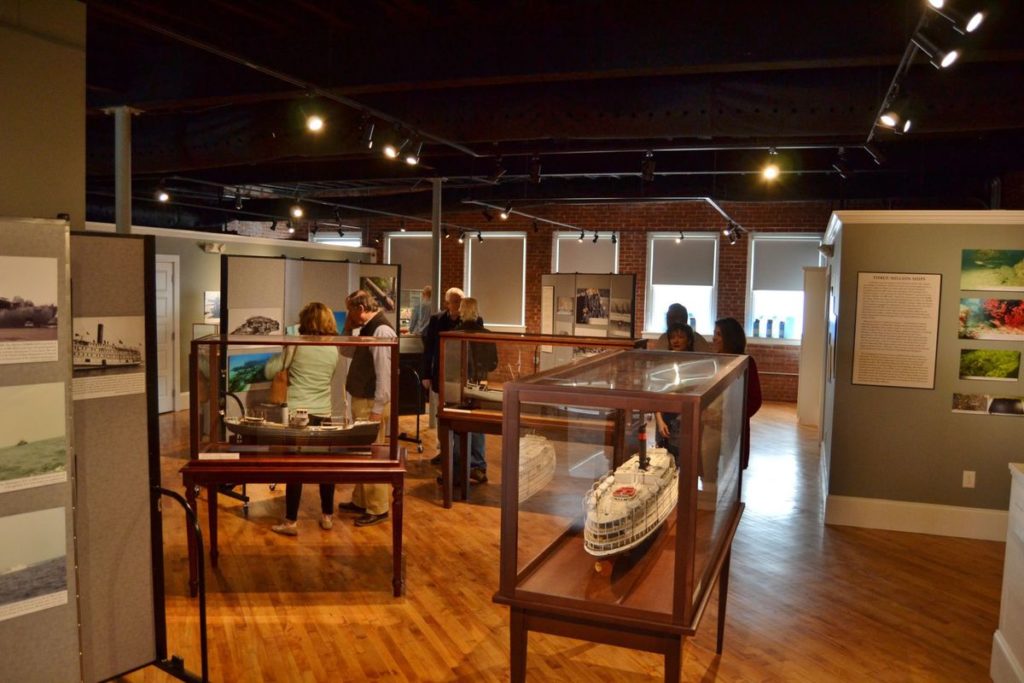75 Wall Street – New York City
The famous 75 Wall Street, a 42 luxury apartment tower, is sited on the New York Slave Market. The slave trade in New York started with 11 West African captives who were brought to New Amsterdam, renamed New York in 1626 by Dutch settlers. Beginning with 11 captives, the New York slave trade grew to become one of the major wheels of the trade for 150 years and 75 Wall Street is the most recognized place for the auctions. According to Columbia University, slaves were owned by about 40% of the white people in the area at the time. The slaves were tasked to build a wall which would serve as defences for the town’s northern frontier. This wall birthed the famous Wall Street in America’s busiest metropolis. New York was a port city where agricultural produce grown by slaves in the South were bought, refined, packaged and shipped to other parts of the world. Today, no evidence of the slave market is present except for a small plaque that commemorates the lives of the thousands of slaves who were abducted and sold at the site.
Virginia Union University, Richmond
The area now houses a seminary that is now known as Virginia Union University, a historically black university. Robert Lumpkin’s infamous slave jail in Richmond is the exact site for the new constructions. Richmond was once the second-largest centre of the slave trade in the US. It is estimated that about 350,000 people were sold into slavery between 1850-1865 at Shockoe Bottom, an eight-block area downtown Richmond, Virginia. There are no slave market or jails standing in Shockoe Bottom anymore. Many of the slave markets were converted into factories for Richmond’s Tobacco industry after the Civil War. Road networks constructed in the area have further buried signs of any existence of its slave markets.

Forks of The Road, Natchez Mississippi
Post-war developments in this area targeted slave markets as most of them were located in the central business districts. Forks of the Road was one of the busiest and profitable slave markets after the War of 1812. It had a route that connected to Alabama, Tennessee and Liberty Road with another going as far as southeast into Georgia making it a most viable meeting point. As many as 500 slaves could be found at the market in a day when the business was booming. The market was different from other slave markets as slaves at this market were bargained for and not auctioned. A young male slave could cost $500 in 1826 and $1600 in 1861 on the eve of the civil war. Currently, a shattered bar and a parking lot sit on the site. A marker at the intersection is the only evidence of what the place used to be.

Old Slave Mart Museum, Charleston
Charleston is unarguably one of the famous slave centres during the slave trade. It recorded some of the most gruesome treatments meted out to slaves. The city of Charleston which was voted among 15 of the best cities to visit by the Travel and Leisure Magazine was built and sustained by slave trade for two centuries. The Old Slave Mart is probably the only slave auction site known in Charleston, currently. It used to be a part of a larger complex of buildings which had a slave jail. The property has been a place for many things in recent times following a series of occupation by different people. Between 1878 and 1937, it was a tenement and then an auto repair shop. In 1938, Miriam Wilson purchased the place and turned into a museum of African American Arts and Crafts. In 1988, the city of Charleston acquired the property and reopened it in 2007 as a historic site and museum.

Maritime Museum Gallery, South Carolina
The Old Market Building, also known as The Rice Museum to indicate the impact rice has had on South Carolina through artefacts, artworks among others. The Old Market building which was a slave market is now a place that houses the Maritime Museum Gallery and the Browns Ferry Vessel which is the oldest vessel on exhibit in the United States. Georgetown County had one of the largest slave-holding plantations in South Carolina. The Old Market Building hosted Senegalese, Gambians and Angolans who were captured for their rice-growing skills and sold by Europeans to American traders. These slaves worked in the humid and marshy areas of the lower South where the rice fields were located. The Rice Museum was once a Townhall, a jail, an open-air market and a slave market.